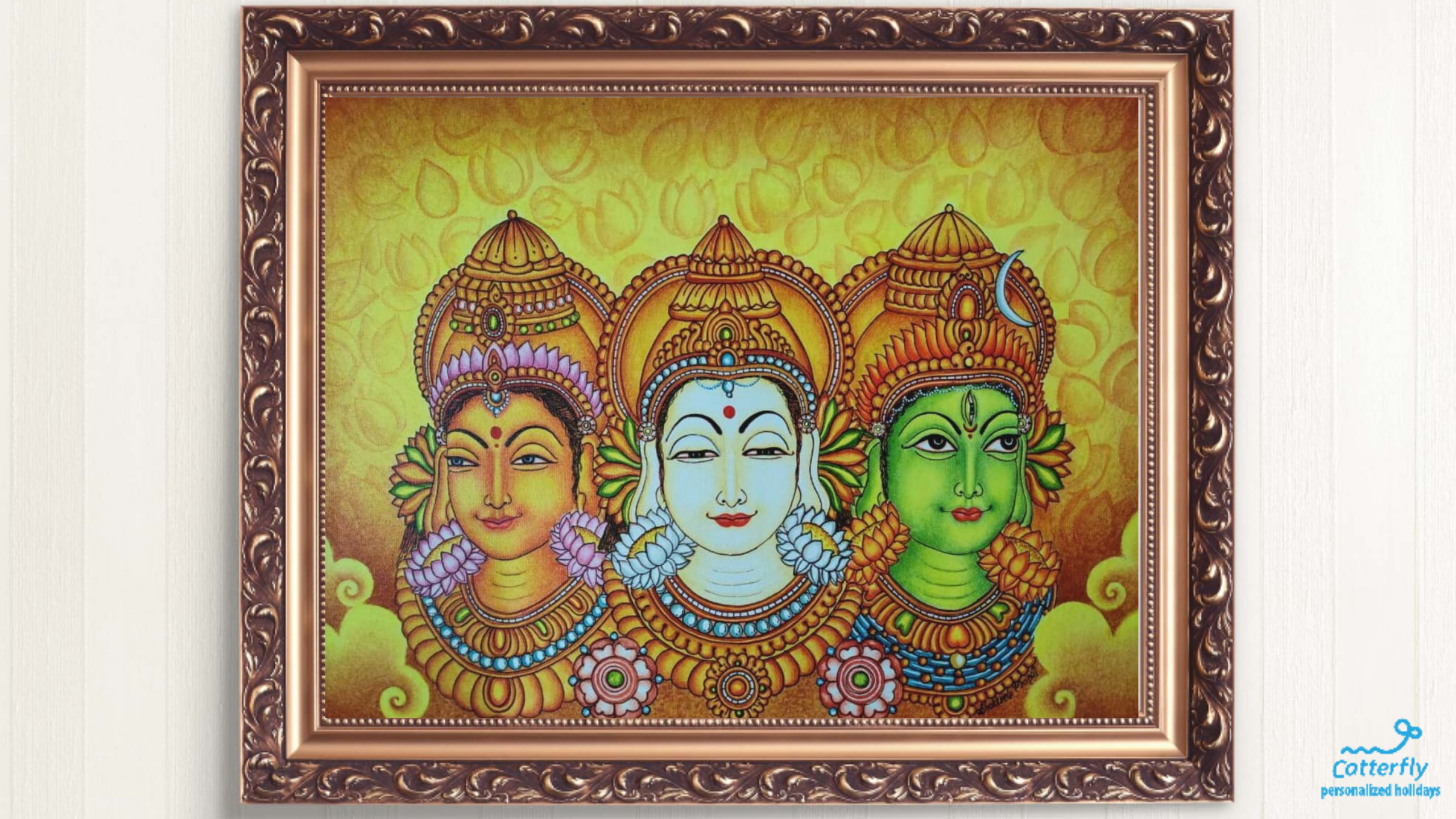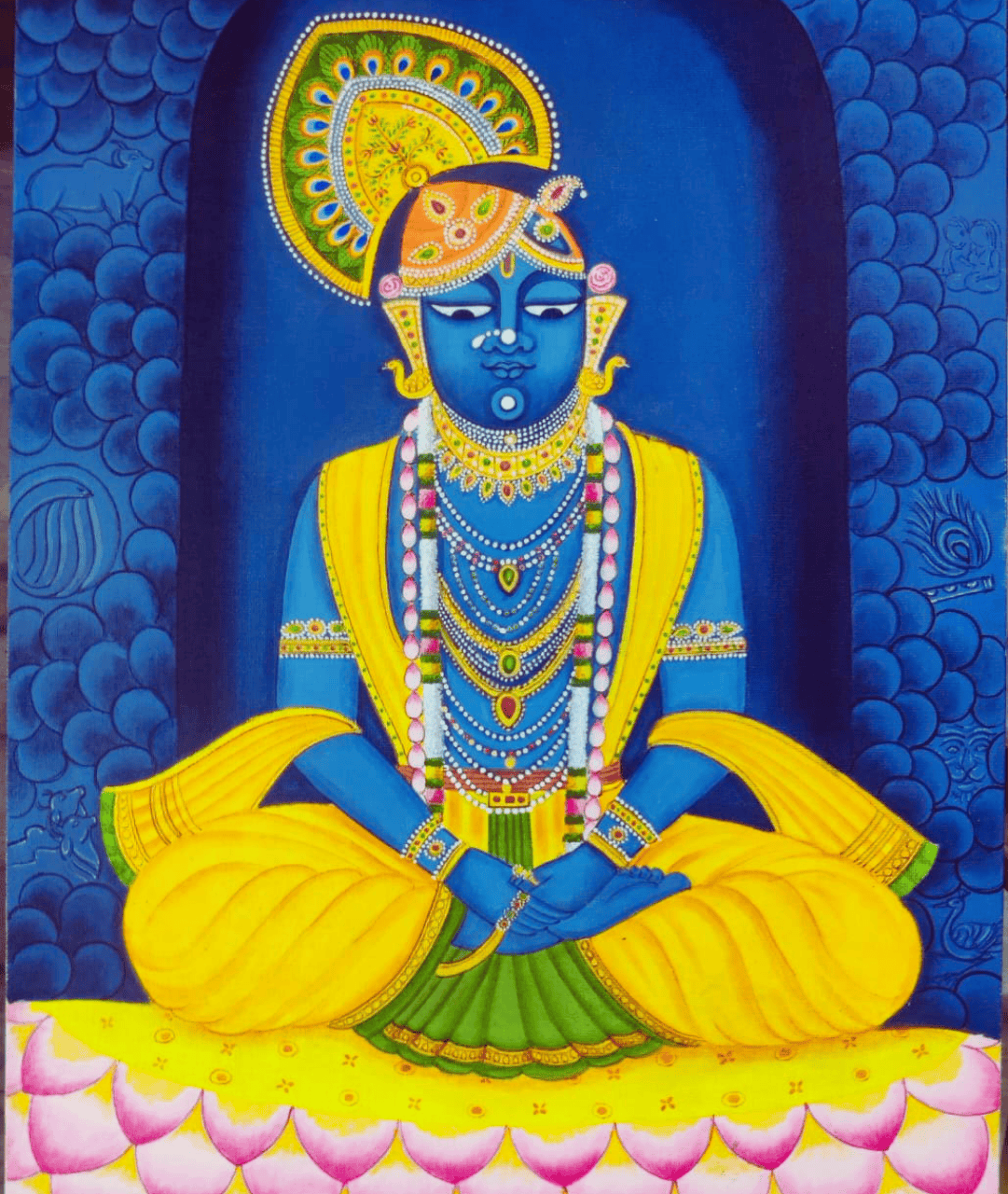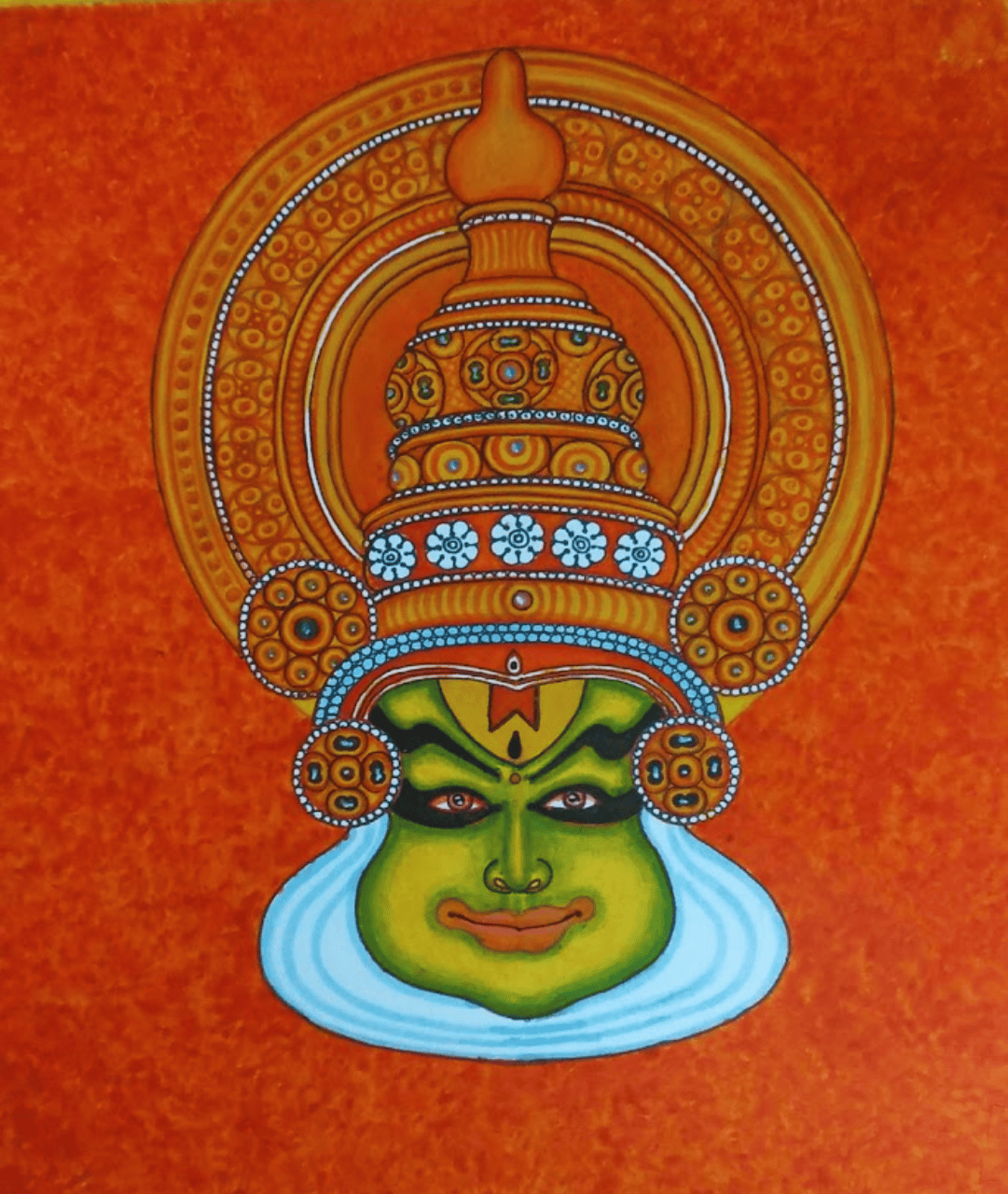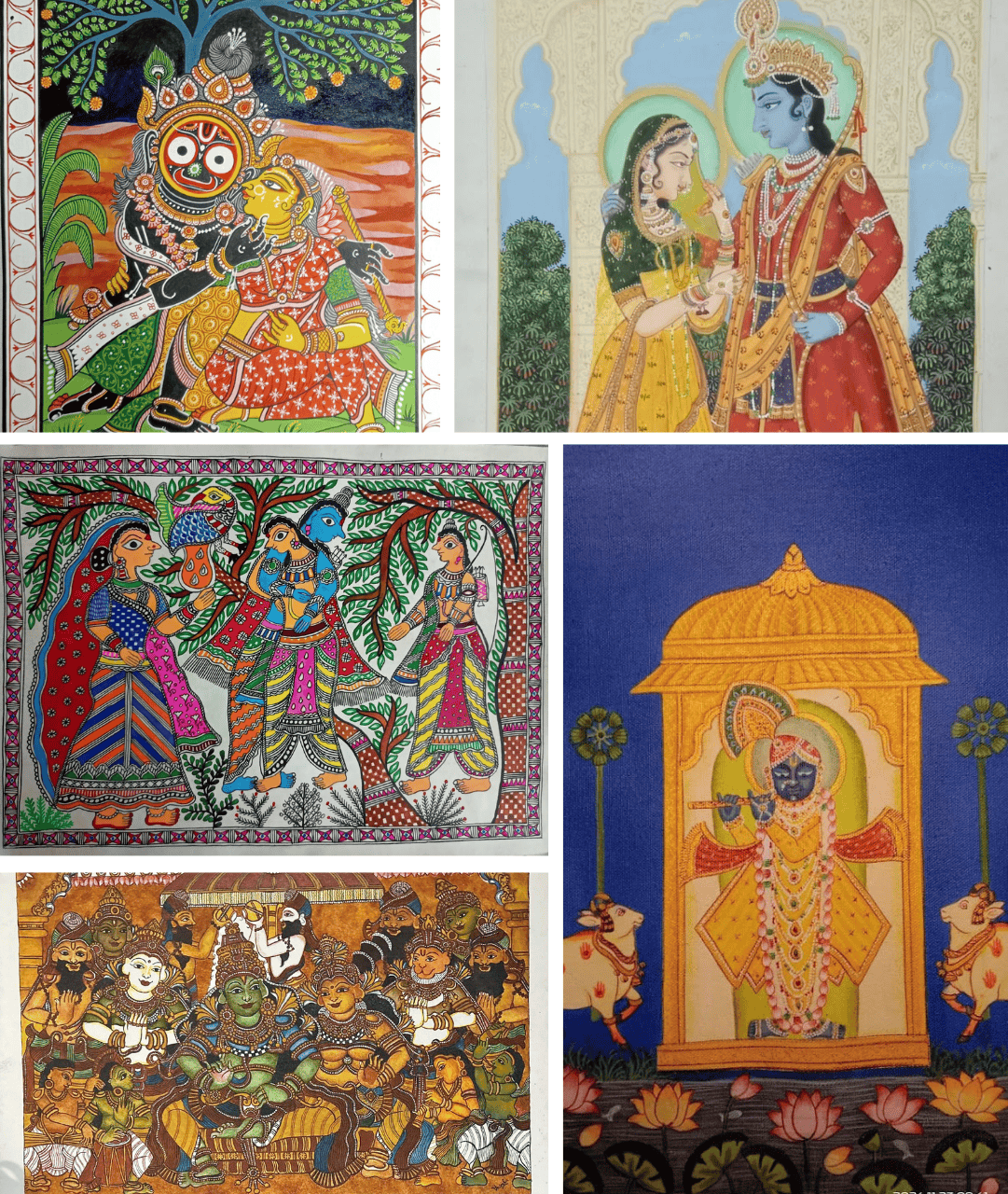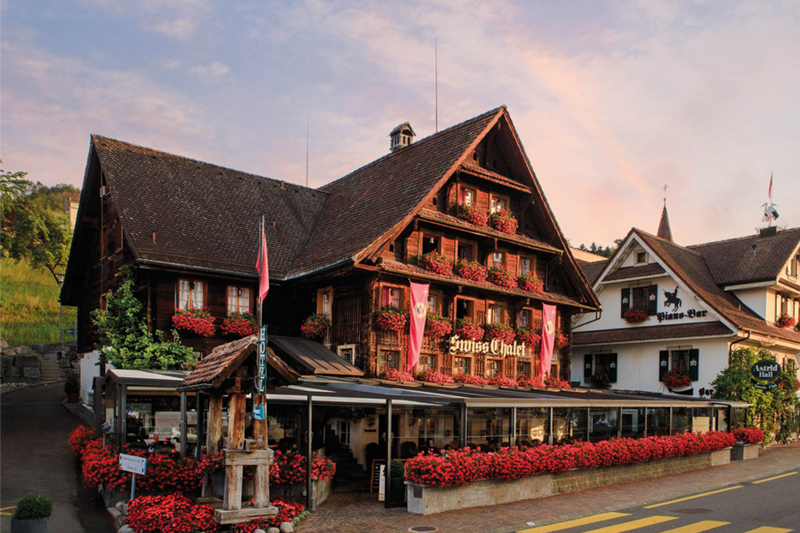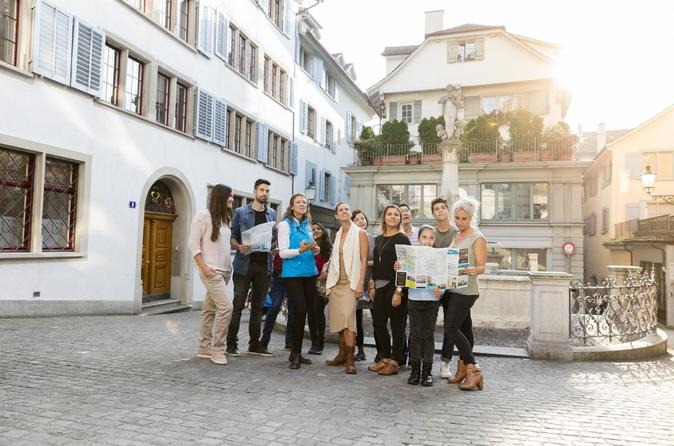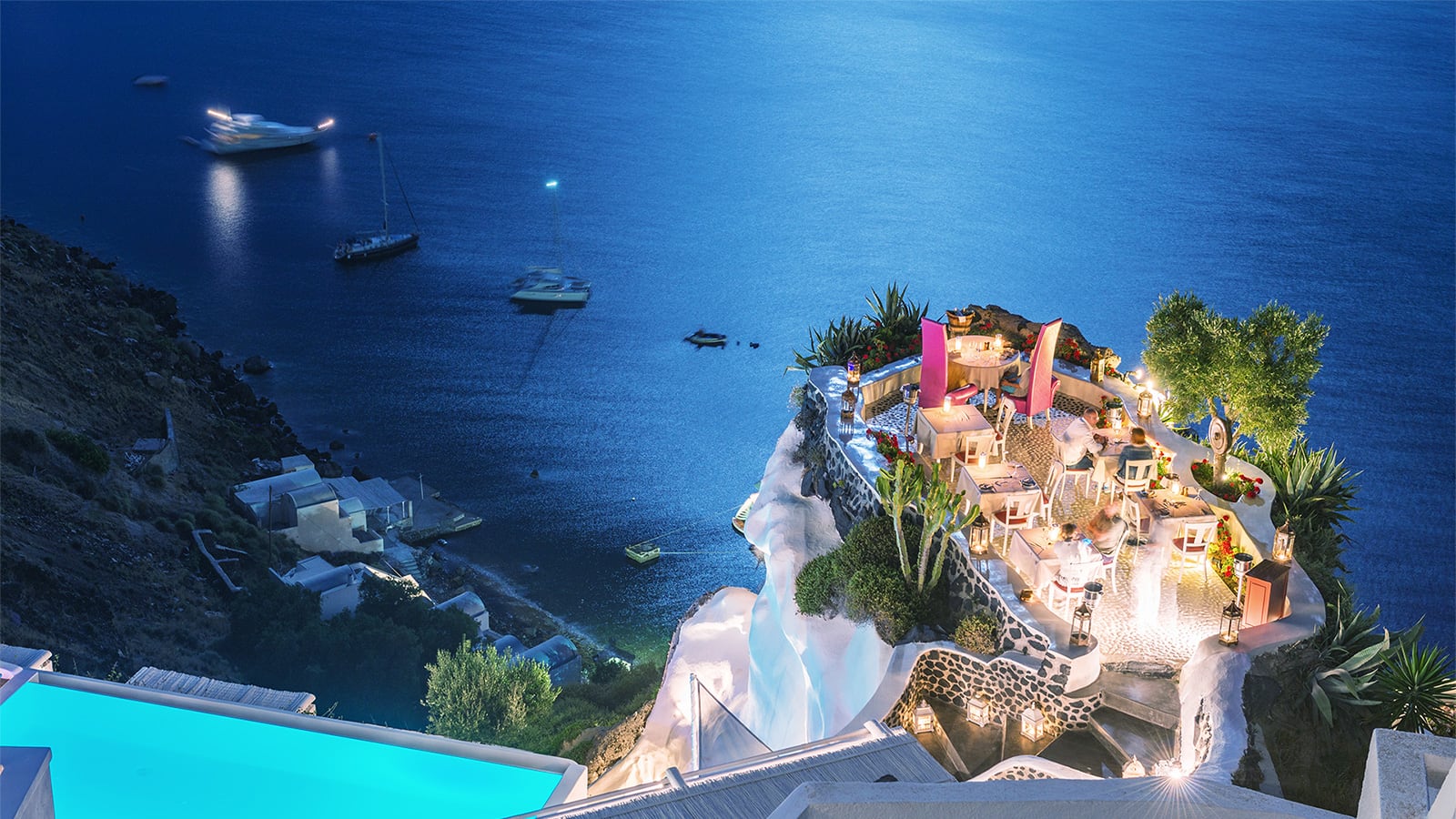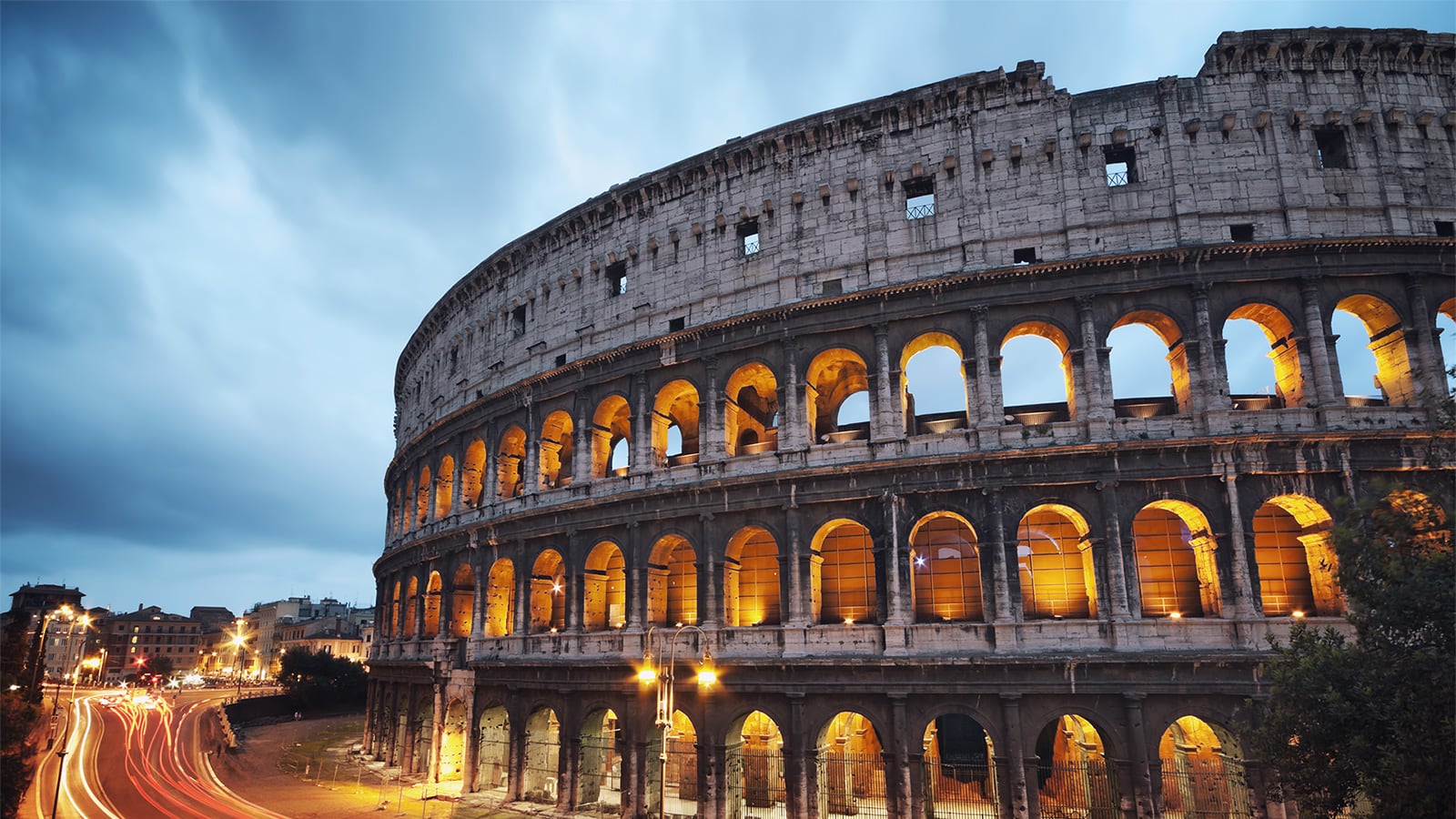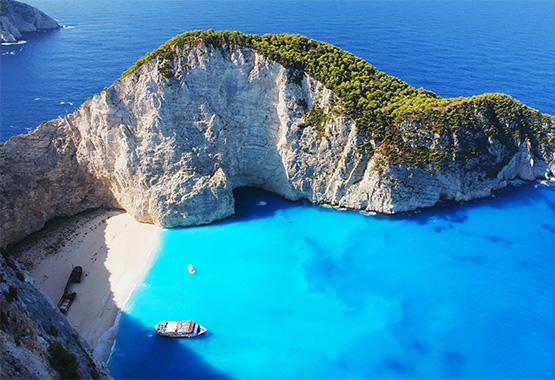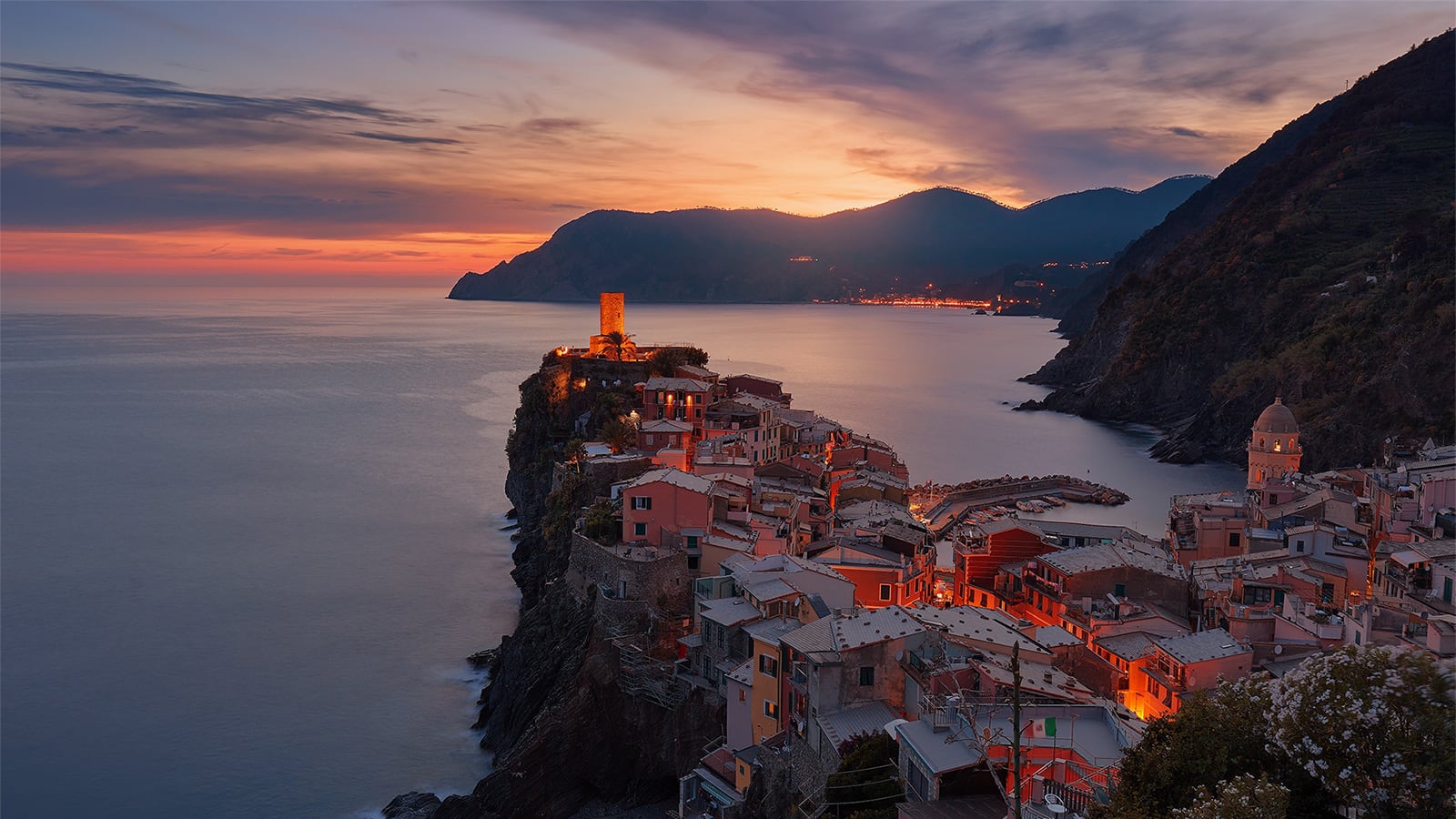What is Kerala Mural Art ?
Explore Kerala’s traditional painting heritage—India’s vibrant folk art form from the heart of Kerala. Delve into its origins, distinctive styles, iconic masters, present-day challenges, and its growing role in fashion, tourism, and cultural expression.
A Kerala mural is a traditional Indian art form characterized by intricate line work, bold outlines, and natural colors, depicting stories from Hindu mythology, epics like the Ramayana and Mahabharata and classical Indian literature. These murals are typically painted on temple walls, palaces, and other sacred spaces, using mineral pigments and vegetable dyes for long-lasting brilliance
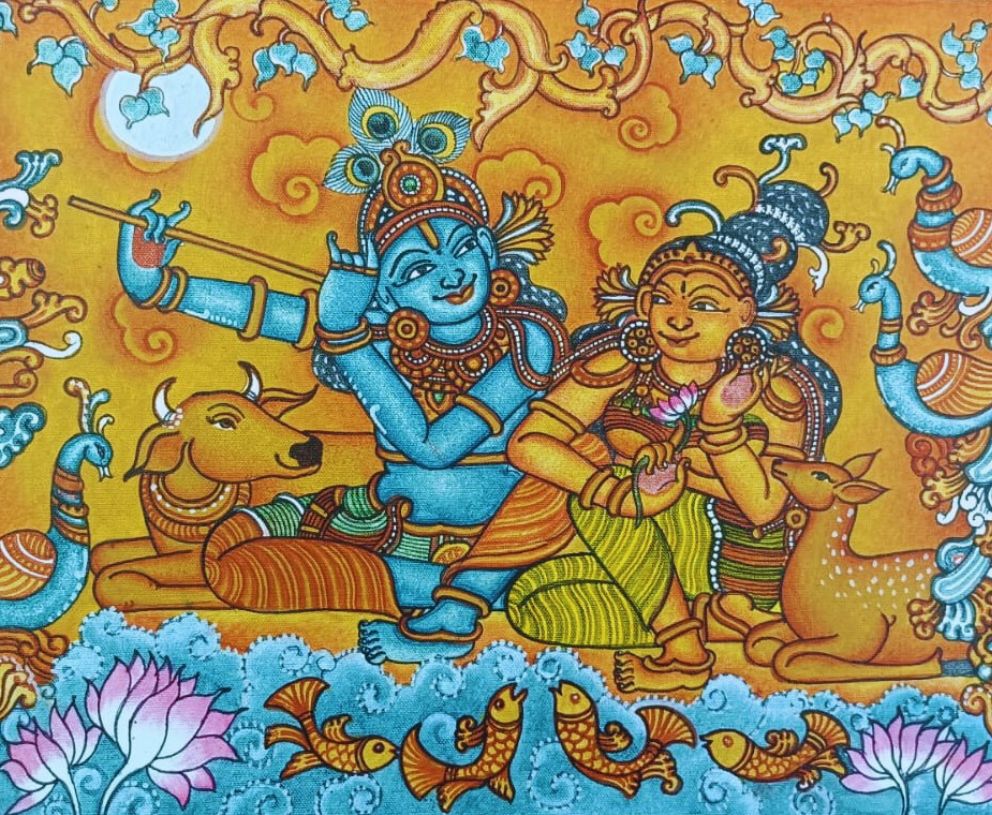
A Legacy in Color: History and Evolution:
The tradition of Kerala's mural paintings, or murals, dates back to at least the 8th century, with the most significant works created between the 15th and 19th centuries. They are a direct evolution of older art forms like Kalamezhuthu, the ritualistic art of drawing deities on the floor using colored powders. The word "mural" itself comes from the Latin murus, meaning "wall," which speaks to their original purpose of adorning the walls of temples and palaces.
This transition from sacred temple walls to everyday objects and modern canvases is a powerful testament to its timeless appeal. The shift from a purely religious function to a more commercial and artistic one highlights a common challenge for many traditional crafts. Today, while traditional mural painting still thrives, it faces challenges such as fading patronage and competition from modern printing techniques.
Background and Origins of Kerala Mural Art:
Kerala mural art is one of India’s most celebrated traditional painting styles, rooted in devotion, storytelling, and nature. It developed as a temple art form between the 8th and 12th centuries CE, drawing inspiration from Hindu scriptures, Puranic stories, and classical performing arts like Kathakali and Mohiniyattam.
The tradition truly flourished between the 15th and 19th centuries, a period often referred to as its "Golden Age." This was a time of immense royal patronage, particularly from the kings of Travancore and the Zamorin of Calicut. The murals were primarily created to adorn the walls of temples and palaces, serving as a visual narrative of Hindu mythology.
Key influences and roots:
Key influences and roots:
Dravidian temple culture: The murals were primarily created to adorn the walls of temples and palaces, turning sacred spaces into living canvases.
Mythological themes: Episodes from the Ramayana, Mahabharata, and Bhagavata Purana provided narratives, portraying gods, goddesses, and celestial beings.
Natural pigments: Artists used locally available minerals, vegetable dyes, and lamp black to prepare colors, ensuring longevity and brilliance.
Strict iconography: Proportions, postures
Mythological themes: Episodes from the Ramayana, Mahabharata, and Bhagavata Purana provided narratives, portraying gods, goddesses, and celestial beings.
Natural pigments: Artists used locally available minerals, vegetable dyes, and lamp black to prepare colors, ensuring longevity and brilliance.
Strict iconography: Proportions, postures
The Significance of Color and Symbolism:
A defining characteristic of Kerala mural art is its use of a specific and symbolic color palette, known as the Panchavarna (five colors). These colors are traditionally derived from natural pigments:
A defining characteristic of Kerala mural art is its use of a specific and symbolic color palette, known as the Panchavarna (five colors). These colors are traditionally derived from natural pigments:
Red: From red laterite soil.
Yellow: From yellow ochre or turmeric.
Green: From a mix of plants and minerals.
White: From lime or powdered conch shells.
Black: From lamp soot.
Each color carries deep symbolic meaning, often linked to the three gunas (qualities of being) in Hindu philosophy—Sattva (purity), Rajas (activity), and Tamas (inertia).
Green is used for virtuous, divine, and righteous characters, representing purity and balance (Sattva).
Red and yellow are used for powerful, ambitious, and heroic figures (Rajas).
White is often used for characters with lesser significance, while black is reserved for demons and other malevolent beings.
Yellow: From yellow ochre or turmeric.
Green: From a mix of plants and minerals.
White: From lime or powdered conch shells.
Black: From lamp soot.
Each color carries deep symbolic meaning, often linked to the three gunas (qualities of being) in Hindu philosophy—Sattva (purity), Rajas (activity), and Tamas (inertia).
Green is used for virtuous, divine, and righteous characters, representing purity and balance (Sattva).
Red and yellow are used for powerful, ambitious, and heroic figures (Rajas).
White is often used for characters with lesser significance, while black is reserved for demons and other malevolent beings.
The cost and labor involved in making these natural colors, combined with the difficulty of sourcing the raw materials, led to a major change. Today, many mural artists, especially those working on canvases and for commercial purposes, use acrylic paints.
The process of creating these pigments was a craft in itself—it was laborious, required deep knowledge of natural materials, and was often passed down through generations. The colors were then mixed with a binding medium, often from a natural source like tender coconut water or extracts from a neem tree. This method created a unique, matte finish and a specific, subdued color palette.
The challenge now is for artists to replicate the traditional, earthy tones of natural pigments using synthetic colors. This requires a different kind of skill—mixing and matching acrylics to achieve the characteristic muted palette of Kerala's murals.
This deliberate and symbolic use of color, combined with the detailed outlines and graceful, often dynamic, figures, makes Kerala's mural art instantly recognizable and deeply expressive.
The Unique Style and Techniques:
Tradition & Practice:
The practice of Kerala mural art is a meticulous and deeply traditional process, guided by ancient texts and passed down through generations. It is an art form where every step, from preparing the wall to applying the final finishing touch, is considered a meditative and spiritual act.
1. The Gurukula System: The tradition was sustained through the Gurukula system, a master-apprentice model of learning. Students would live with their guru, or master, and learn the craft not just through instruction but through constant observation and practice. This system ensured that the knowledge of specific techniques, the symbolism of colors, and the spiritual essence of the art were preserved and passed down.
2. The Six-Stage Process: The creation of a traditional Kerala mural is a multi-stage process, rooted in ancient Indian art treatises like the Chitrasutra and Silparatna. The six main stages are:
Lekhya Karma (Preliminary Drawing): The artist begins by making a rough, light sketch on the prepared wall surface. This is the blueprint for the entire composition, allowing the artist to plan the layout, figures, and narrative flow.
Rekha Karma (Outlining): This is where the initial drawing is refined. The artist traces the rough sketch with a more decisive line, typically using a red pigment. This stage establishes the strong, flowing contours that are a hallmark of Kerala murals.
Varna Karma (Color Filling): This is the stage where the Panchavarna (five colors) come into play. The artist applies flat colors within the outlined areas. This is a foundational step, and the colors are applied in a specific sequence, with the lighter shades generally going on first.
Vartana Karma (Shading): This is where the figures gain dimension and life. The artist uses a technique of stippling or subtle gradation to create a sense of volume and depth. For example, yellow areas might be shaded with red, and green areas with black, to give the figures a rounded, three-dimensional look.
Lekha Karma (Final Outlines): Once the colors and shading are complete, the artist returns to the lines. A fine brush and black pigment are used to create the final, sharp outlines that define every detail, from facial features to clothing patterns.
Dvika Karma (Final Touches and Preservation): The final stage involves adding finishing touches and applying a protective coating. In a ritualistic sense, this is the most important step, known as Nethronmeelanam (the opening of the eyes), where the artist fills in the eyes of the figures, believed to "bring them to life." Traditionally, the mural would be given a protective layer of pine resin and oil to preserve its vibrancy and give it a characteristic soft sheen.
Materials and brushes:
The choice of materials is central to the traditional practice.
Wall Preparation: The wall itself is an integral part of the art. A laborious process of plastering the brick or stone wall with layers of lime and sand, sometimes mixed with cotton fibers or natural gums, creates the perfect smooth and absorbent surface.
Wall Preparation: The wall itself is an integral part of the art. A laborious process of plastering the brick or stone wall with layers of lime and sand, sometimes mixed with cotton fibers or natural gums, creates the perfect smooth and absorbent surface.
Pigments: As discussed, the five main colors are derived from natural sources, such as minerals and plants. The process of preparing these pigments is a complex skill, with artists grinding stones and boiling plant leaves to create the rich, earthy tones.
Brushes: Traditionally, brushes were handmade from natural materials. The tips were crafted from elephant grass or the fine hair from the ears of calves and goat bellies, attached to bamboo sticks.
Today, while many artists have adapted by using synthetic acrylics and commercial brushes, the traditional practice continues to be taught and revered. The Guruvayur Devaswom Institute, for example, is dedicated to preserving these centuries-old techniques, ensuring that the ancient knowledge of Kerala mural art is not lost to time.
Style of kerala mural Painting: The style of Kerala mural painting is highly distinctive and immediately recognizable, setting it apart from other Indian mural traditions. While it shares a common mythological and spiritual heritage with art forms like the Ajanta and Ellora cave paintings, its unique aesthetic, technique, and symbolism are a product of Kerala's own cultural landscape.
Kerala mural painting combines deep spiritual reverence with precise craftsmanship and a distinctive local style. While staying true to its traditional roots, the art has gracefully evolved with time, remaining a dynamic form that continues to narrate ancient tales in a way that feels eternally fresh and relevant.
Linear Grace: The outlines are smooth, flowing, and elegant, giving the figures a sense of dynamic movement.
Linear Grace: The outlines are smooth, flowing, and elegant, giving the figures a sense of dynamic movement.

Expressive Features: Faces are typically depicted in profile or three-quarter view. The eyes are a particularly notable feature, often large, wide, and expressive, conveying emotion and spiritual depth.
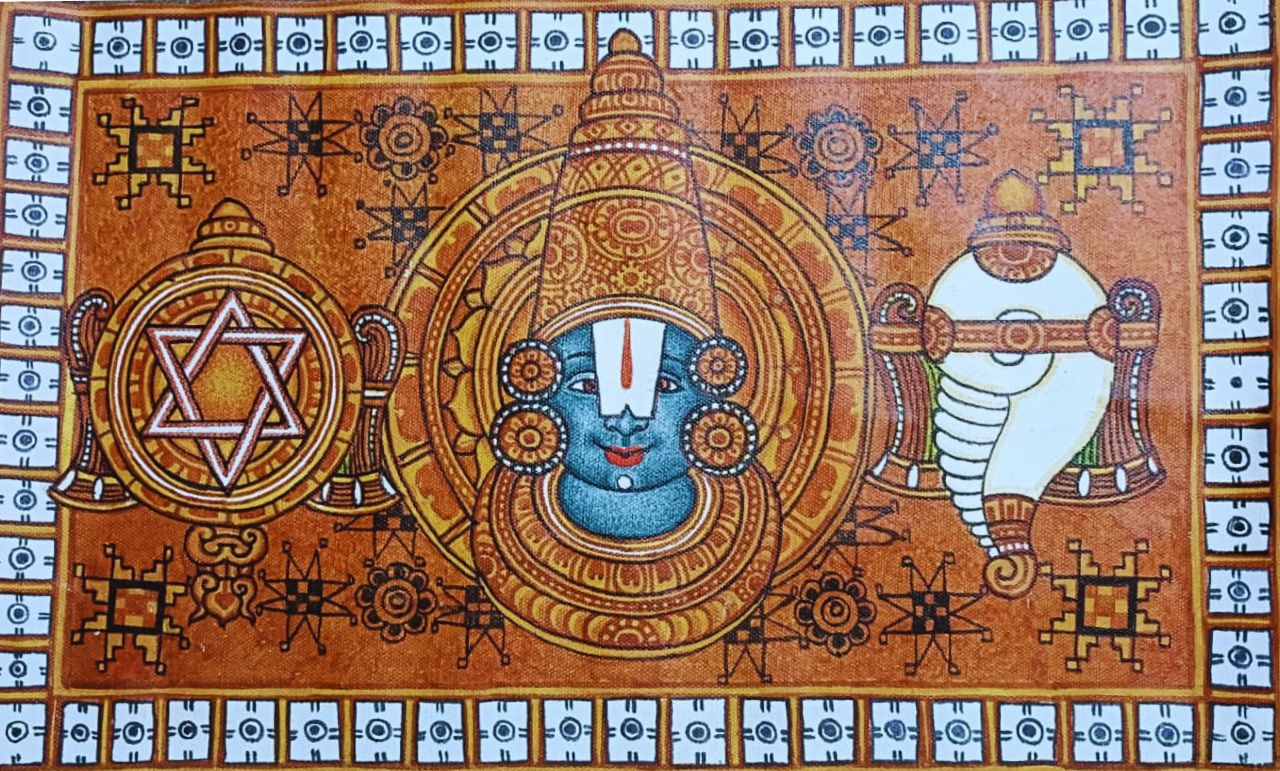
Regional Influence: The poses and gestures of the figures are heavily influenced by Kerala's own classical dance forms, especially Kathakali and Koodiyattom. The artists meticulously capture the mudras (hand gestures) and theatrical postures of these dance traditions, making the murals feel like frozen moments from a performance.

Feminine Aesthetic: Even male deities are often depicted with a softer, more graceful, and almost feminine quality, which is a key differentiator from the robust, masculine forms found in other Indian art styles.
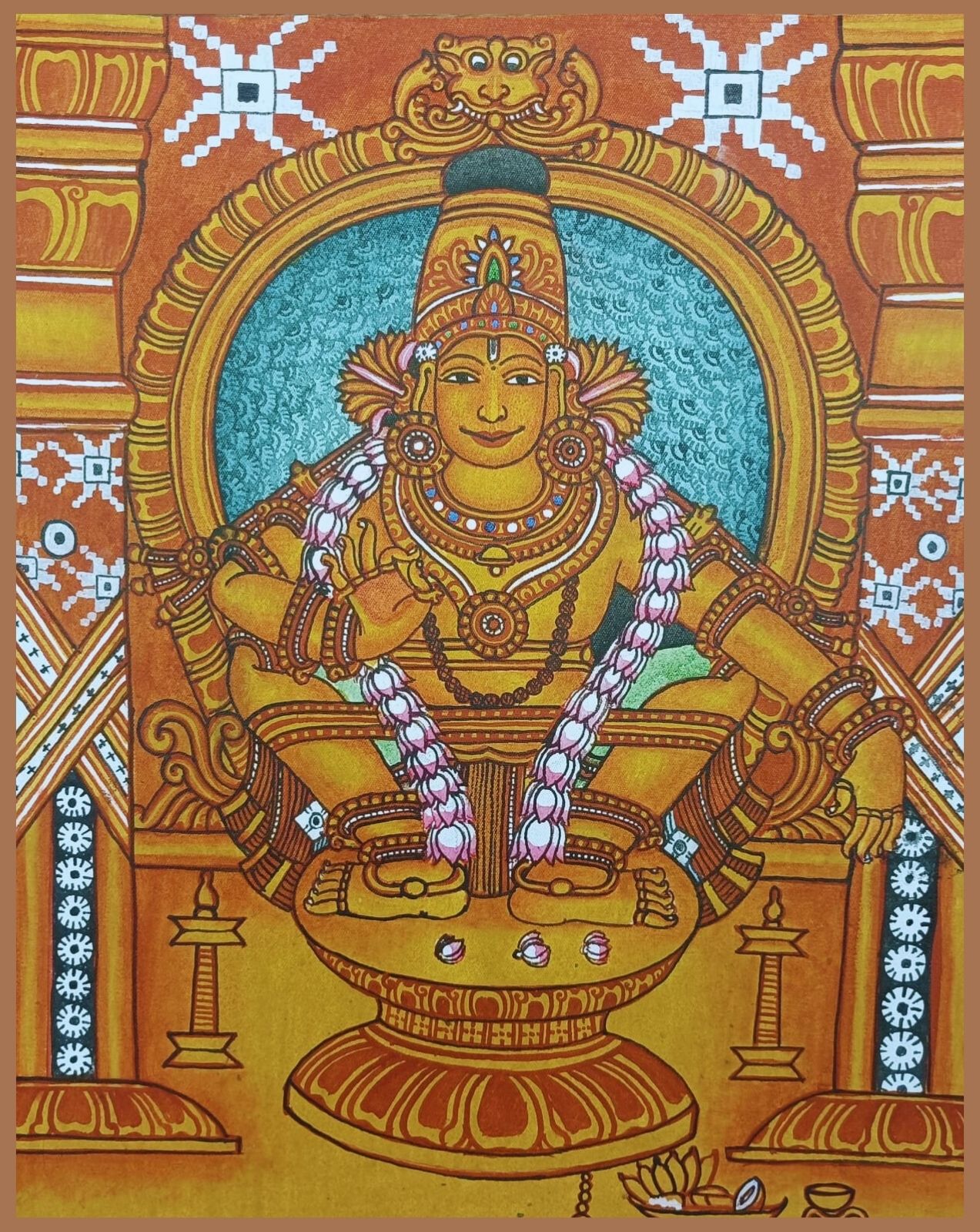
Key Artists and Their Contributions:
Kerala mural art, though rooted in anonymous temple traditions, has been enriched by both historic and modern masters who have preserved and revived this ancient form:
1. Legendary and Traditional Masters (Anonymous) - Many of the earliest murals, such as those at Mattancherry Palace, Ettumanoor Mahadeva Temple, and Guruvayur Sri Krishna Temple, were created by unnamed temple artists.
These artisans followed strict canonical rules, ensuring spiritual sanctity and uniformity in style, focusing more on devotion than personal recognition.
2. Mammiyoor Krishnan Kutty Nair (1913–1990)- Considered a pioneer of Kerala mural revival in the 20th century.
Trained new generations of artists, reintroducing natural pigment preparation and traditional techniques. Instrumental in restoring many damaged temple murals across Kerala.
3. K. K. Varma and K. K. Sivan - Known for preserving the authentic five-color system (panchavarna) and creating works that strictly adhere to classical iconography.
Their contributions in documenting mural methods have provided valuable guidance for students and researchers.
4. Contemporary Revivalists (e.g., Saju Thuruthil, P. Dinesh, and others)- These artists have brought Kerala murals into modern contexts—on canvas, wood panels, and even apparel—without compromising traditional techniques.
1. Legendary and Traditional Masters (Anonymous) - Many of the earliest murals, such as those at Mattancherry Palace, Ettumanoor Mahadeva Temple, and Guruvayur Sri Krishna Temple, were created by unnamed temple artists.
These artisans followed strict canonical rules, ensuring spiritual sanctity and uniformity in style, focusing more on devotion than personal recognition.
2. Mammiyoor Krishnan Kutty Nair (1913–1990)- Considered a pioneer of Kerala mural revival in the 20th century.
Trained new generations of artists, reintroducing natural pigment preparation and traditional techniques. Instrumental in restoring many damaged temple murals across Kerala.
3. K. K. Varma and K. K. Sivan - Known for preserving the authentic five-color system (panchavarna) and creating works that strictly adhere to classical iconography.
Their contributions in documenting mural methods have provided valuable guidance for students and researchers.
4. Contemporary Revivalists (e.g., Saju Thuruthil, P. Dinesh, and others)- These artists have brought Kerala murals into modern contexts—on canvas, wood panels, and even apparel—without compromising traditional techniques.
Their legacy lives on through the next generation of artists. If you wish to learn Mural painting online and explore authentic artworks, check out our Catterfly Kerala mural master Artist
Trends and the Future of keral mural art:
Kerala mural art is experiencing a revival, moving from traditional spaces to a contemporary art form.
Key Trends:
- New Surfaces: Artists are moving from traditional walls to canvas, wood, and textiles. Acrylic paints are now used for durability and affordability.
- New Themes: The art is expanding beyond religious stories to include nature, folklore, and modern life, making it more relatable to a wider audience.
- Modern Integration: Mural motifs are a popular trend in home decor (feature walls, furniture) and fashion (sarees, apparel).
The Future:
- Digital Reach: E-commerce and social media platforms help artists connect with a global audience, bypassing traditional galleries and democratizing the art form.
- Tourism: Cultural tourists are drawn to ancient mural sites and immersive workshops, which helps preserve the art and supports artists.
- Preservation: Efforts are being made to restore ancient murals and document traditional techniques to ensure the art's heritage is not lost.
Learn Kerala Mural Painting with Catterfly:
If you’re inspired to explore this timeless art form, Catterfly offers multiple ways to learn Kerala Mural painting:
- Live Workshops – Interact directly with master artists in real-time, ask questions, and paint step by step.
- Masterclasses – Learn at your own pace with structured lessons, recordings, and detailed guidance.
- Kerala Mural Courses - Learn at motif from beginners to advance your own pace with structured lessons, recordings, and detailed guidance.
Whether you’re a beginner or an art enthusiast, you can choose the format that suits you best and start creating your own Kerala mural masterpiece.
Discover our Kerala mural live workshops, masterclasses and Courses.
Discover our Kerala mural live workshops, masterclasses and Courses.
Conclusion:
Kerala mural art, once a sacred tradition confined to temple walls, is now a vibrant, evolving art form. This transition marks a crucial phase of revival, driven by artists, institutions, and new markets. While facing challenges, its future looks promising due to its adaptability and growing popularity.
Kerala mural painting is more than just an ancient craft; it's a living tradition that has successfully bridged the gap between the sacred and the secular. By honoring its historical roots while embracing innovation, this art form is securing its place in the world of art and culture for generations to come.














